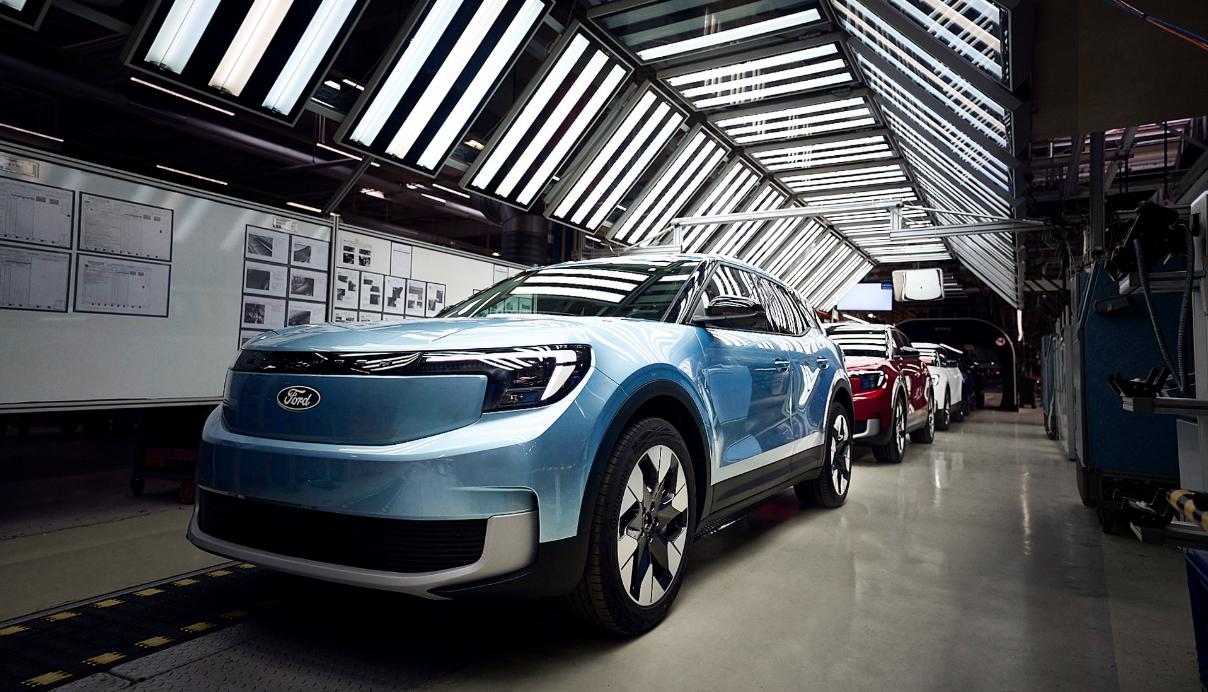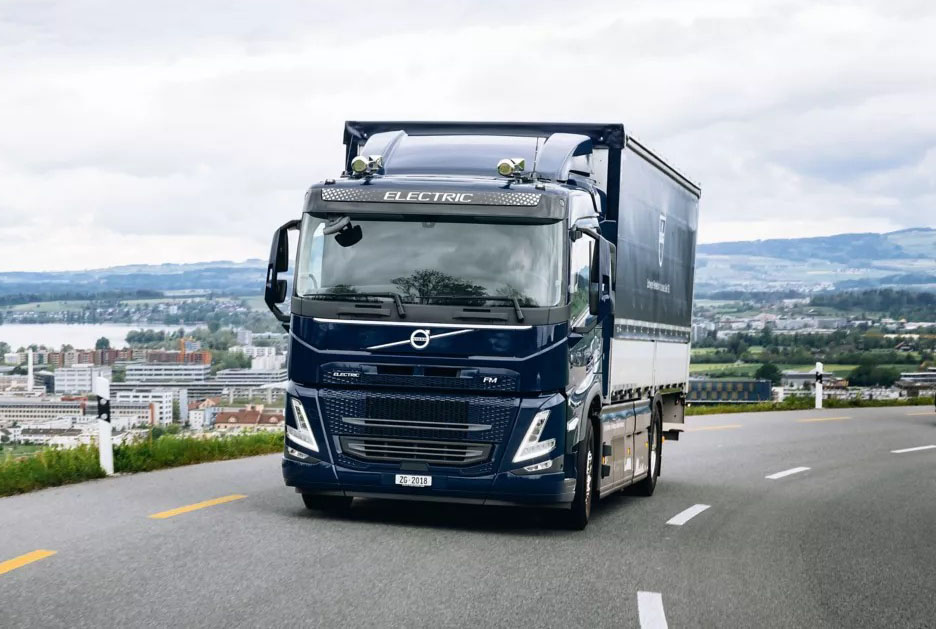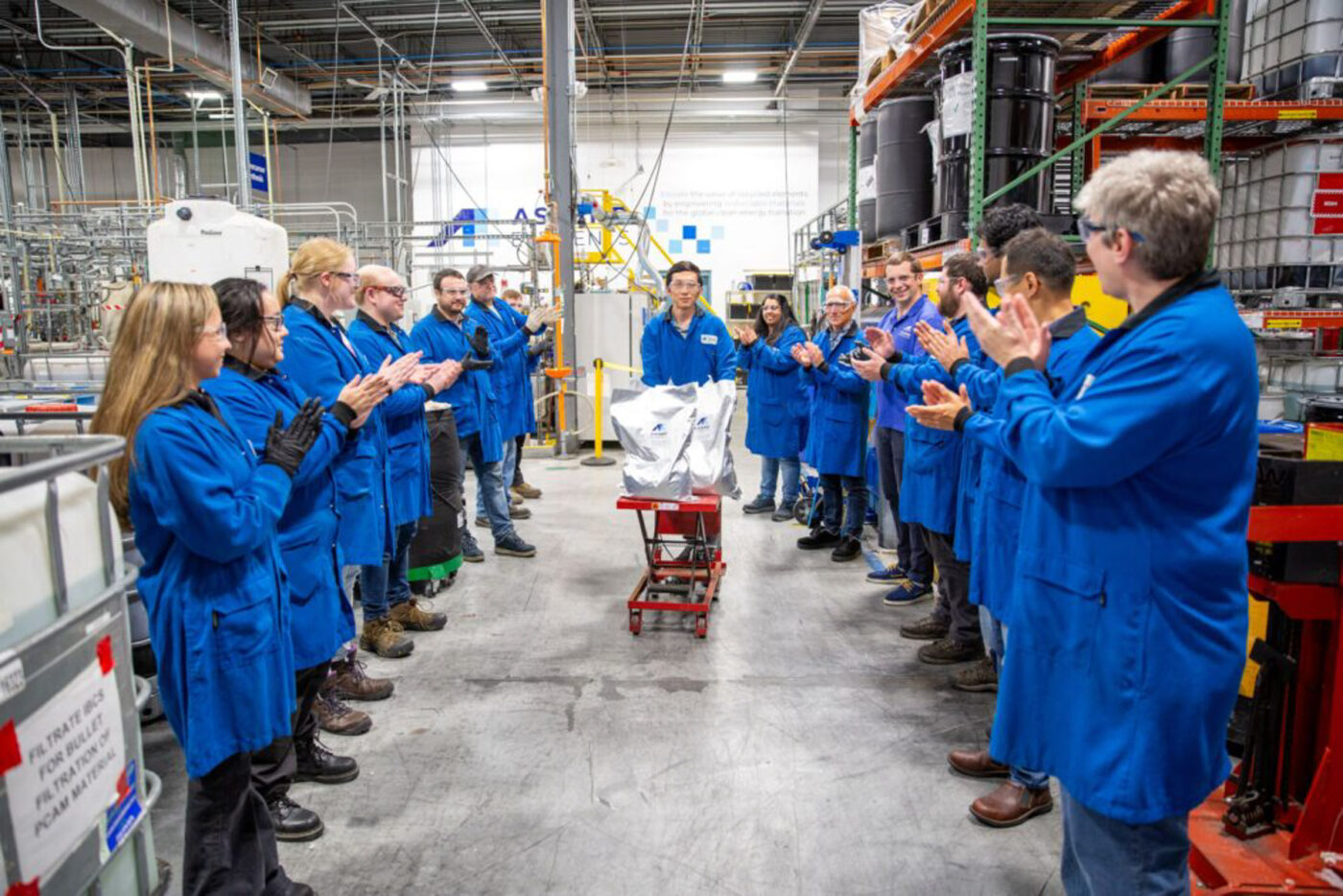A recent report from Bank of America, titled Car Wars 2024, highlights a challenging road ahead for the American auto industry. The report urges the Big 3 automakers—General Motors, Ford, and Chrysler—to reconsider their strategies in the Chinese market. It also predicts a period of significant uncertainty as automakers grapple with the complex landscape of powertrain options, striving to find the optimal mix for their product lines.
Despite rapid investments in electric vehicles (EVs), consumer demand is beginning to plateau, leading many manufacturers to reassess their approach. While the number of electric offerings is still expected to rise, the report indicates that EVs and hybrids are projected to constitute 60 percent of the models released between 2025 and 2028. This marks a four percent reduction from the previous year, resulting in an estimated 113 EV models available for purchase, down from 148 last year.
See also: Survey: 80% of Industry Leaders to Expand EV Charging Projects with Legislative Support
This shift suggests that the industry is prolonging the lifespan of the internal combustion engine (ICE). One significant factor driving this decision is the continued profitability of ICE vehicles, whereas many traditional automakers have yet to achieve profitability with their EV offerings.
The high costs of EV components remain a hindrance, and companies like Ford and General Motors will likely need to introduce new ICE models to finance their EV development efforts. The report suggests that a portfolio approach encompassing combustion, hybrids, and EVs will become the new standard for most manufacturers.
However, this challenge seems less daunting for Tesla, the leading EV maker in the U.S. Tesla has significantly reduced its component costs, giving it a competitive edge. John Murphey, senior automotive analyst at Bank of America Securities, notes, “There’s a $17,000 component cost delta, at least by our estimates, between Tesla and the incumbents on their EVs.” He adds, “There’s a tremendous amount of work for the incumbents to do to reduce their EV costs and remain competitive with Tesla,” speaking to Autonews.
See also: European Auto Industry Could Cut Battery Emissions by 62% Through Local Production
While profitability for EVs is on the horizon, Murphey suggests that it may take a couple of generations to achieve. For instance, Ford is unlikely to make significant strides in cost reduction with its next generation of EVs. Achieving cost competitiveness may require a subsequent third generation, possibly four to five years from now, according to Murphey in The Detroit News.
While manufacturers are not expected to decrease their investments in EVs, they may adopt a more cautious approach as they strive to align with market demands.







